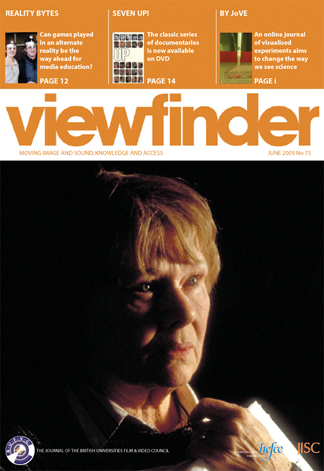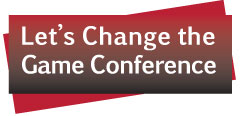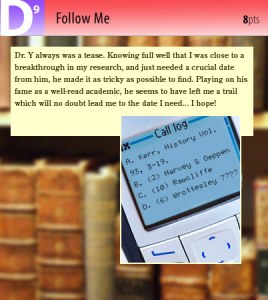
Titanic Belfast
The Museums Computer Group (MCG) is an excellent voluntary group serving museums in the UK (and wider) with support for those involved in creating digital experiences for visitors, and digital and information systems behind the scenes. As well as their annual conference (UK Museums on the Web) and lively discussion forum, they also organise a range of innovative meetings, symposiums and gatherings around topical issues.
I was delighted to be invited to speak at one such event, Engaging Visitors Through Play, hosted by Alan Hook and Oonagh Murphy at the University of Ulster in central Belfast. Based around the theme of play and games within museum contexts, the event pulled together ‘experts’ from around the UK alongside museums and creative companies from Northern Ireland, to create what looked like a fabulous line-up. As well as speaking about low cost game developments for learning, I was to join in a panel involving Sharna Jackson (Tate Kids) and Danny Birchall (Wellcome Collection), both of whom I’ve been wanting to meet and hear from for some time: so I was looking forward to the day hugely as it arrived.
The room was packed comfortably with a museum and creative audience, and Mia Ridge (Chair of MCG) outlined the work of the Group for those not familiar, and described some of the areas museums are currently interested in (or struggling with). Nico Fell from AV Browne, a creative agency in Belfast, hosted the first group of speakers. Lyndsey Jackson kicked off by telling us fascinating stories about her playful local immersive theatre company, Kabosh (my favourite being Belfast Bred, a culinary tour – with tasting – through 1912 Belfast); Oonagh and Alan then presented their own work on hack days and rapid development, and the MyNI photo challenge game in conjunction with the NI Tourist Board which gathered over 1800 players. A discussion around the markers of ‘success’ for games/play-based projects ensued: in this case the NI Tourist Board happy with the estimated £50,000 worth of royalty-free photographs they obtained; whereas museums might be happier with increased visitor numbers or widening visitor groups.

Wellcome Collection’s High Tea
The visiting speakers panel was next, chaired playfully by Matt Johnson from the Digital Circle in Belfast. Sharna Jackson gave us an entertaining insight into her game commissioning role for Tate’s younger visitors. Although bigger than most small museum budgets, her budget in relation to the Tate’s presence – and the implied requirement for cutting-edge art games – is tight, and she discussed the relative merits of small, low-cost games with much larger experiences created by top games developers and artists. She also made the important point that although Tate Kids aims to educate children, the games must be games in themselves and not the familiar ‘chocolate covered broccoli’ of many edu-games. Danny Birchall made reference to the chocolate-covered vegetable too, and presented Wellcome’s beautiful collection of games – all commissioned from different designers for different purposes, and most interestingly: aimed firmly at an adult audience, not children (music to my ears). Budget is clearly not an issue here, and so each of the games could be designed with their aim and gameplay as core requirements, rather than limited by budget or resource. Danny’s most interesting example was the High Tea game based around Opium trading – he described how the game introduction, location, tools and methods were as historically accurate as possible, yet within that frame, players were free to do what ever they liked (which may or may not change the course of history). This process of setting up a strong context, but then letting players play freely, uninhibited by historic decisions, provides the essence of why games are good – a feeling felt around the room. I was up next, and used a little disruptive trick to demonstrate the concept of Alternate Reality Games to the audience – which seemed to go down well judging by the stream of tweets; following up with key ARG features which can transfer to a learning context, and my simple development process for low-cost contextual games. For the latter I took the group through the development of a simple card game especially for this symposium – which we were to play later in the afternoon.
After a very civilised (and tasty) tea and scones, there were four fascinating ‘lightning talks’ from local creatives: of these, the highlight for the audience was the two brothers of Design Zoo taking us through all the potential new technologies museums could make use of (a slingshot which catapults tweets to a talking wall being the best), some of their clever immersive games (using a giant public screen to show passers-by surrounded by giant bees) and all-too-brief details of their ARG Black Helix. My personal highlight though was Lance Wilson‘s warts-and-all development process for his own mini ARG around Belfast: battling rain-washed chalk clues, and vandalised phone boxes, he nevertheless managed to stage a successful ARG almost single-handed, proving its worth as a low-cost alternative to high-end digital.

How to curate a successful exhibition
It was then time to play the specially-developed card game for this symposium: Curate-a-fact. I’ll describe the design process and the game itself in a separate post soon – but essentially each member of the symposium was given an artefact. They then had to find 3-4 other artefacts to form a coherent collection (avoiding certain colour clashes), and pitch that collection to the rest of the room in a rapid-fire round at the end. The game lasted for 10 minutes, and saw the room bustling with trades, wild ideas, and slowly forming groups – everyone fully immersed in the game. After some excellent pitches, a team who curated ‘historic iPhone apps’ won by a narrow margin, and were awarded some very generous prizes from Rory’s Story Cubes who had kindly donated them (and who I had a fascinating chat with later in the pub). A great finish to the day, and it left everyone chattering away happily as they made their way to the pub.
Our work still wasn’t over then – this being the latest in a series of #drinkingaboutmuseums gatherings – but who can call it work when discussing game development in museums with some of the best creative minds around. A meal followed, and then some prearranged museum visits the following day (to the excellent recently revamped Ulster Museum and the very cleverly designed and hugely impressive Titanic Belfast experience).
Great city, great people, great event, great thinking.
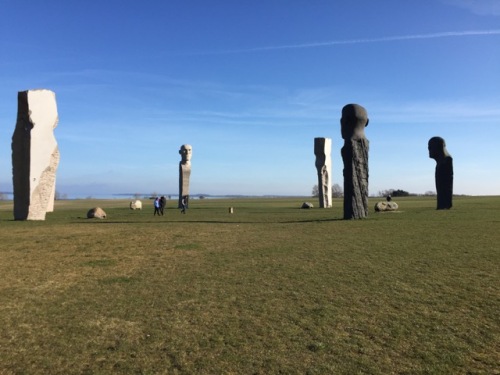
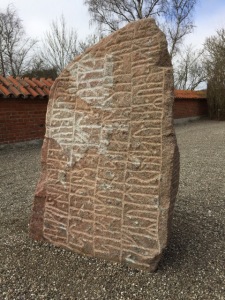
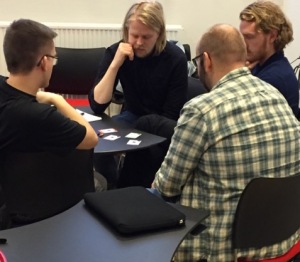






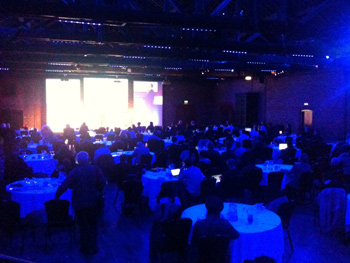
 Myself and Simon were speaking in a mini- ‘alternative reality’ section, preceded by Kris Rockwell (
Myself and Simon were speaking in a mini- ‘alternative reality’ section, preceded by Kris Rockwell (

